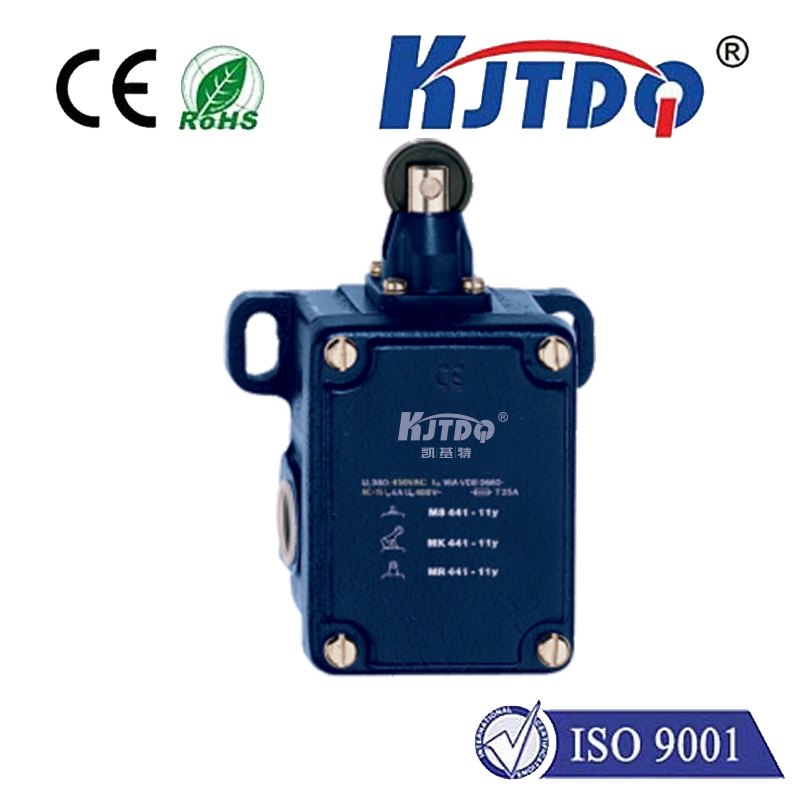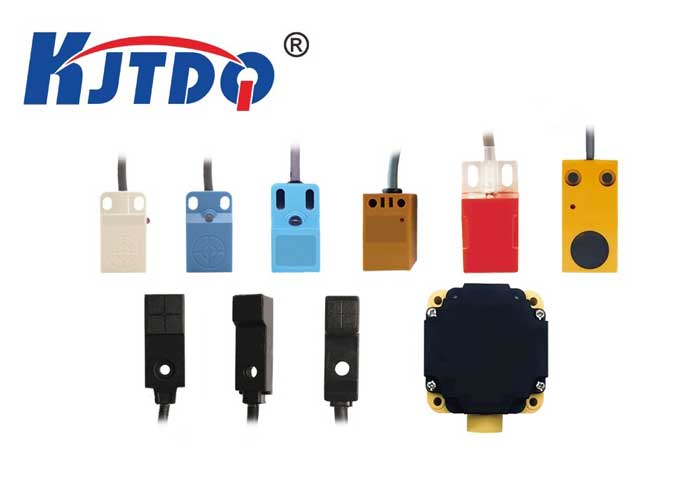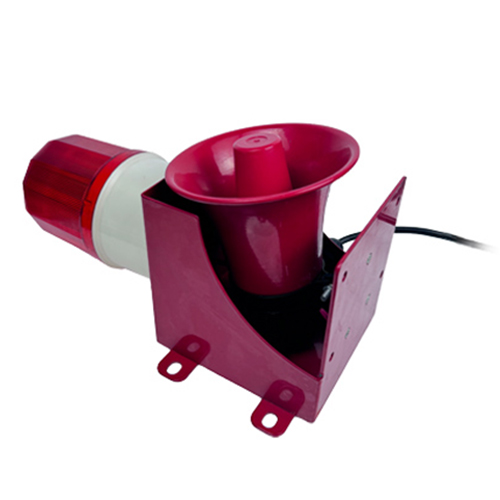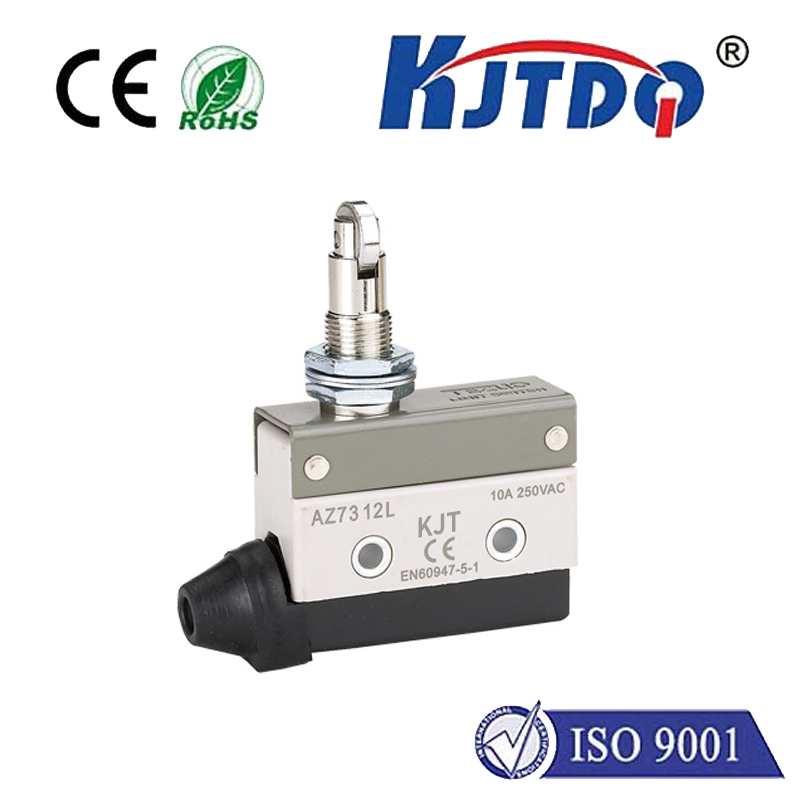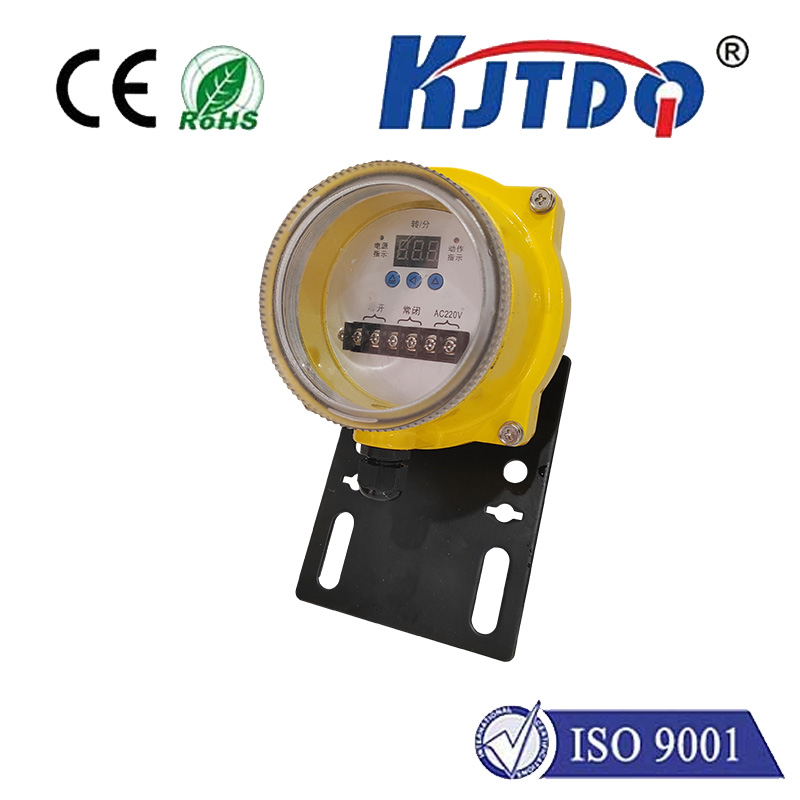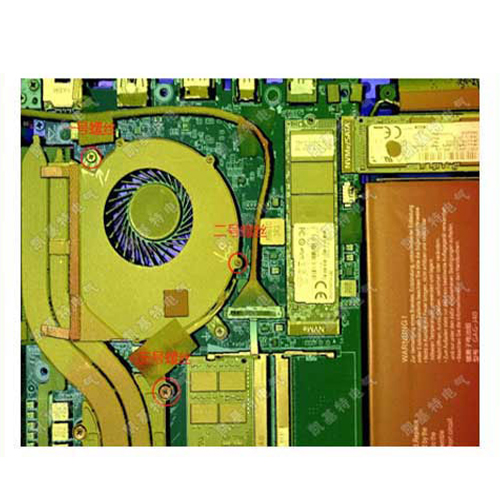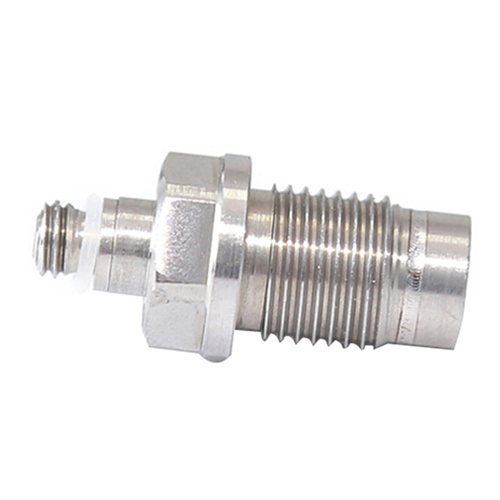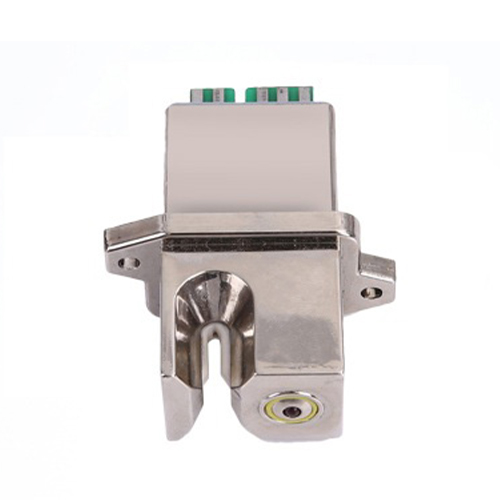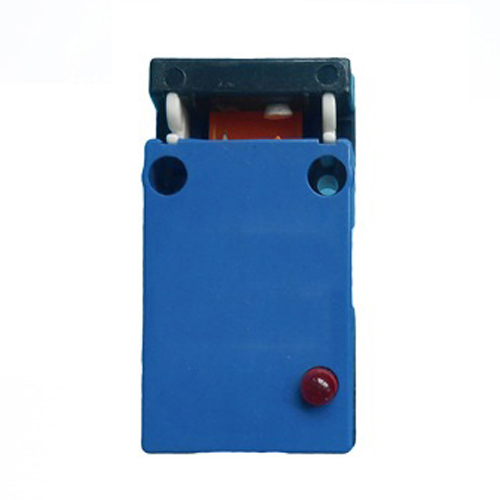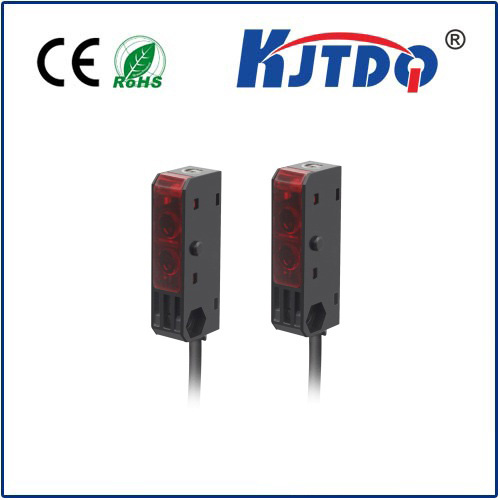The Precision Revolution: How a 0.01 mm Laser Distance Sensor Transforms Measurement Accuracy In the world of precision engineering, every micron counts. Whether you’re designing cutting-edge medical devices, manufacturing aerospace components, or simply ensuring the perfect fit for a luxury watch, the ability to measure distances with extreme accuracy is paramount. Enter the laser distance sensor with a resolution of 0.01 mm, a technological marvel that has redefined the boundaries of measurement accuracy.
Distance measurement has come a long way since the days of rulers and tape measures. Traditional methods, while effective for basic tasks, often fell short when it came to high-precision applications. The introduction of laser technology marked a significant leap forward, offering non-contact measurement with unparalleled accuracy. However, not all laser distance sensors are created equal. The 0.01 mm laser distance sensor stands out as a game-changer, capable of detecting minute variations that were previously undetectable. This level of precision is achieved through advanced optics, sophisticated algorithms, and state-of-the-art signal processing.
At its core, a лазерный датчик дальности operates by emitting a laser beam towards a target and measuring the time it takes for the light to reflect back to the sensor. This time-of-flight (ToF) principle is the foundation of most laser-based measurement systems. However, achieving a resolution of 0.01 mm requires more than just basic ToF technology. The 0.01 mm laser distance sensor incorporates several key features to enhance its precision:
High-Frequency Laser Emission: By emitting laser pulses at an extremely high frequency, the sensor can capture minute changes in distance with greater accuracy.
Advanced Signal Processing: Sophisticated algorithms filter out noise and enhance the signal, ensuring that even the smallest variations are detected.
Calibrated Optics: Precision-engineered lenses and mirrors focus the laser beam to a fine point, reducing dispersion and improving measurement accuracy.
The ability to measure distances with such high precision opens up a world of possibilities across various industries. Here are just a few examples of how a 0.01 mm laser distance sensor is being used today:

Manufacturing and Quality Control: In industries where precision is critical, such as automotive and aerospace, these sensors are used to ensure that components meet exact specifications. For example, they can measure the thickness of a metal sheet or the gap between two parts with pinpoint accuracy.
Медицинское оборудование: In the medical field, precision is not just a matter of quality—it can be a matter of life and death. Laser distance sensors are used in the production of surgical instruments, implants, and diagnostic equipment, ensuring that every component is manufactured to the highest standards.
Robotics and Automation: In automated production lines, robots rely on accurate distance measurements to perform tasks such as welding, painting, and assembly. A 0.01 mm laser distance sensor ensures that robots can operate with the precision required for these tasks.
НИОКР: In laboratories and R&D facilities, scientists use these sensors to conduct experiments and develop new technologies. Whether it’s measuring the deformation of materials under stress or the movement of microscopic particles, a 0.01 mm laser distance sensor provides the data needed to push the boundaries of science.
The advantages of using a laser distance sensor with 0.01 mm resolution are clear:
Unmatched Precision: The ability to measure distances with an accuracy of 0.01 mm sets this sensor apart from other measurement tools. This level of precision is essential for applications where even the smallest error can have significant consequences.
Non-Contact Measurement: Unlike traditional measurement tools, a лазерный датчик дальности does not require physical contact with the target. This eliminates the risk of damage to delicate or sensitive materials.
Speed and Efficiency: With its high-frequency laser emission and advanced signal processing, a 0.01 mm laser distance sensor can take measurements in a fraction of a second, speeding up production processes and improving efficiency.
Многогранный.: The compact design and wide measurement range of these sensors make them suitable for a variety of applications, from industrial manufacturing to scientific research.
While the 0.01 mm laser distance sensor offers numerous benefits, there are some challenges to consider:
Environmental Factors: External factors such as temperature, humidity, and ambient light can affect the accuracy of laser distance measurements. It’s essential to calibrate the sensor for the specific conditions in which it will be used.
Cost: The advanced technology and precision engineering required to achieve 0.01 mm resolution come at a cost. However, for applications where precision is critical, the investment is often justified.
Complexity: Operating a 0.01 mm laser distance sensor requires a certain level of expertise. Proper training and understanding of the sensor’s capabilities are essential to ensure accurate measurements.
As technology continues to advance, the demand for high-precision measurement tools will only grow. The 0.01 mm laser distance sensor is at the forefront of this trend, offering a level of accuracy that was once thought impossible. With ongoing advancements in laser technology, signal processing, and optics, we can expect even greater precision and versatility in the years to come. In conclusion, the 0.01 mm laser distance sensor represents a significant leap forward in the field of precision measurement. Its ability to detect minute variations with unparalleled accuracy has made it an indispensable tool in industries ranging from manufacturing to medicine. As we continue to push the boundaries of what is possible, this remarkable technology will undoubtedly play a key role in shaping the future of precision engineering.
